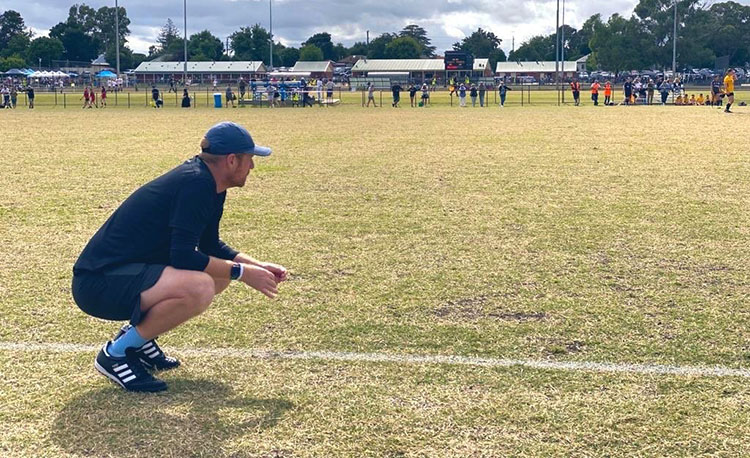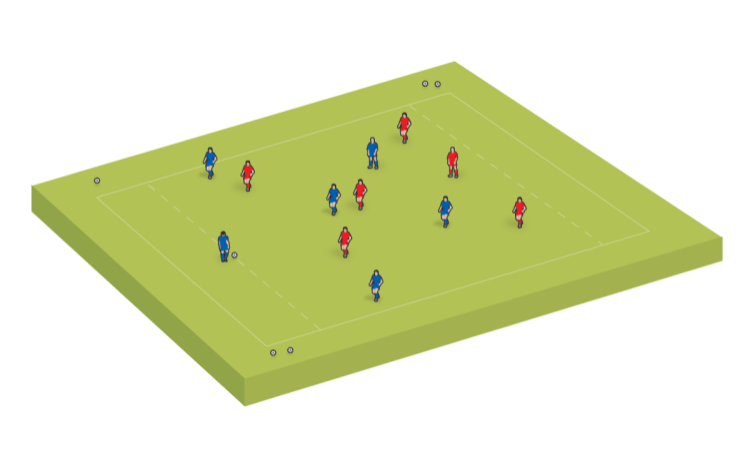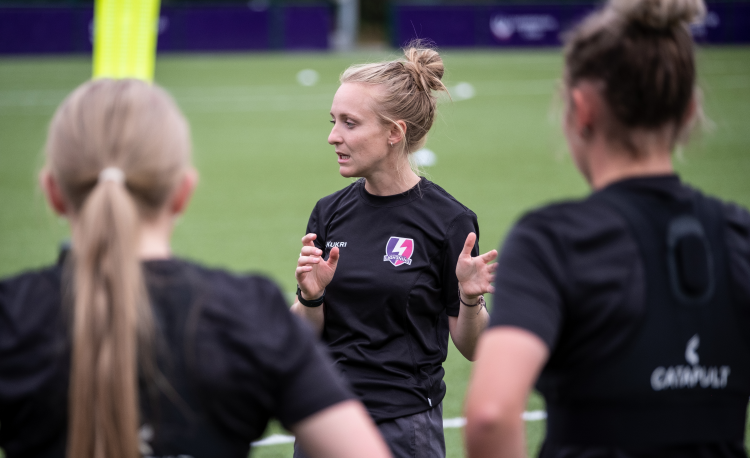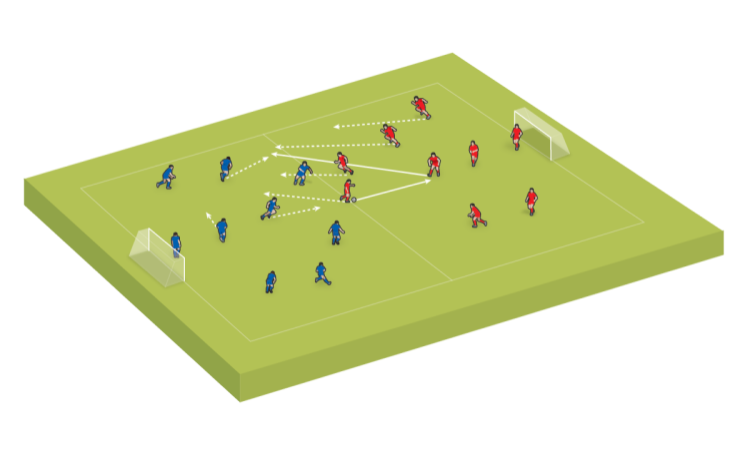What I look for when I assess other teams
Coaching Adviceby Steve Greenwood
Sydney-based coach STEVE GREENWOOD discusses analysing the opposition
Scouting future opponents live at our level can be quite tough, as we always play at the same time as the other 15 teams in our division.
But if we have a washout, I am able to get out and watch other teams quite easily as most are within an hour’s drive.
It becomes a little easier once we have played each team - we can then use VEO camera footage of those matches to help prepare us for the reverse fixtures.
So what do I look for? Personally, the most important things I look at are the shape and tactics of the opposition.
Do they like to play from the back or do they play more directly, looking to hit the channels early? Most youth teams here in Australia will set up in a 4-3-3 formation, with an emphasis on playing out from the back.
But if we have a washout, I am able to get out and watch other teams quite easily as most are within an hour’s drive.
It becomes a little easier once we have played each team - we can then use VEO camera footage of those matches to help prepare us for the reverse fixtures.
So what do I look for? Personally, the most important things I look at are the shape and tactics of the opposition.
Do they like to play from the back or do they play more directly, looking to hit the channels early? Most youth teams here in Australia will set up in a 4-3-3 formation, with an emphasis on playing out from the back.

Steve Greenwood doesn't often get a chance to scout opposition teams live - but when he does, he looks mainly at their shape and tactics and studies the influential individuals
I will make key points to highlight strengths and weaknesses in both defence and attack. That way I can put them across to my players in a way they can understand and implement.
If the opposition has got someone who is good at free-kicks, I will tell my full-backs and defensive midfielders to stay on their feet around the penalty area - and if they are equally good at taking corners, we must try to concede only throw-ins.
I try to find tendencies that will help us defend certain opposition players. These are individuals’ traits, such as what they like to do with the ball in certain parts of the field, what their favourite moves are and what their dominant foot is.
The opposition’s formation will offer a basic idea of where we can find pockets of space and where they are most likely to funnel their attack.
I don’t focus too much on the opponents’ defensive shape. This is my own personal preference, as I encourage similar attacking tendencies in each match and my players operating with freedom in the final third.
When examining an opponent’s attacking structure, I’ll look at four phases of attack - playing from the back, connecting the lines, the final pass and finishing.
Starting in the first phase, we want to identify whether the opposition will tend to play direct or indirect.
Connecting the lines follows from building out of the back. To an extent, they are connected. If the opposition has the ball in their own half of the pitch, the odds of progressing to connecting the lines are highly likely.
"When examining an opponent's attacking structure, I look at four phases of attack..."
Assessing the final pass will allow us to determine if the team leans heavily on crosses, through balls, central combinations, or a more balanced approach.
This will help us defensively in terms of depth and width when we are in our mid or low block.
The finishing is deeply connected to the final pass. How did they get their goals in the previous game? Is there any one player who excels in front of goal? If so, what types of finishes do they utilise? Also, is there a specific area where shot volume is higher than others?
All this information helps us plan our training sessions for the week prior to playing a certain opponent, as we look to maximise our attacking potential to help exploit any weaknesses they may have.
Defensively we always will have the same mentality regardless of the opponent but may be more mindful against more free-scoring teams especially in terms of our structure.
Related Files
Vol 2 Issue 045 - S-Greenwood - What I look for when I assess other teams.pdfPDF, 341 KB
Newsletter Sign Up
Coaches Testimonials

Gerald Kearney, Downtown Las Vegas Soccer Club

Paul Butler, Florida, USA

Rick Shields, Springboro, USA

Tony Green, Pierrefonds Titans, Quebec, Canada
Subscribe Today
Discover the simple way to become a more effective, more successful soccer coach
In a recent survey 89% of subscribers said Soccer Coach Weekly makes them more confident, 91% said Soccer Coach Weekly makes them a more effective coach and 93% said Soccer Coach Weekly makes them more inspired.
*includes 3 coaching manuals
Get Weekly Inspiration
All the latest techniques and approaches
Soccer Coach Weekly offers proven and easy to use soccer drills, coaching sessions, practice plans, small-sided games, warm-ups, training tips and advice.
We've been at the cutting edge of soccer coaching since we launched in 2007, creating resources for the grassroots youth coach, following best practice from around the world and insights from the professional game.






